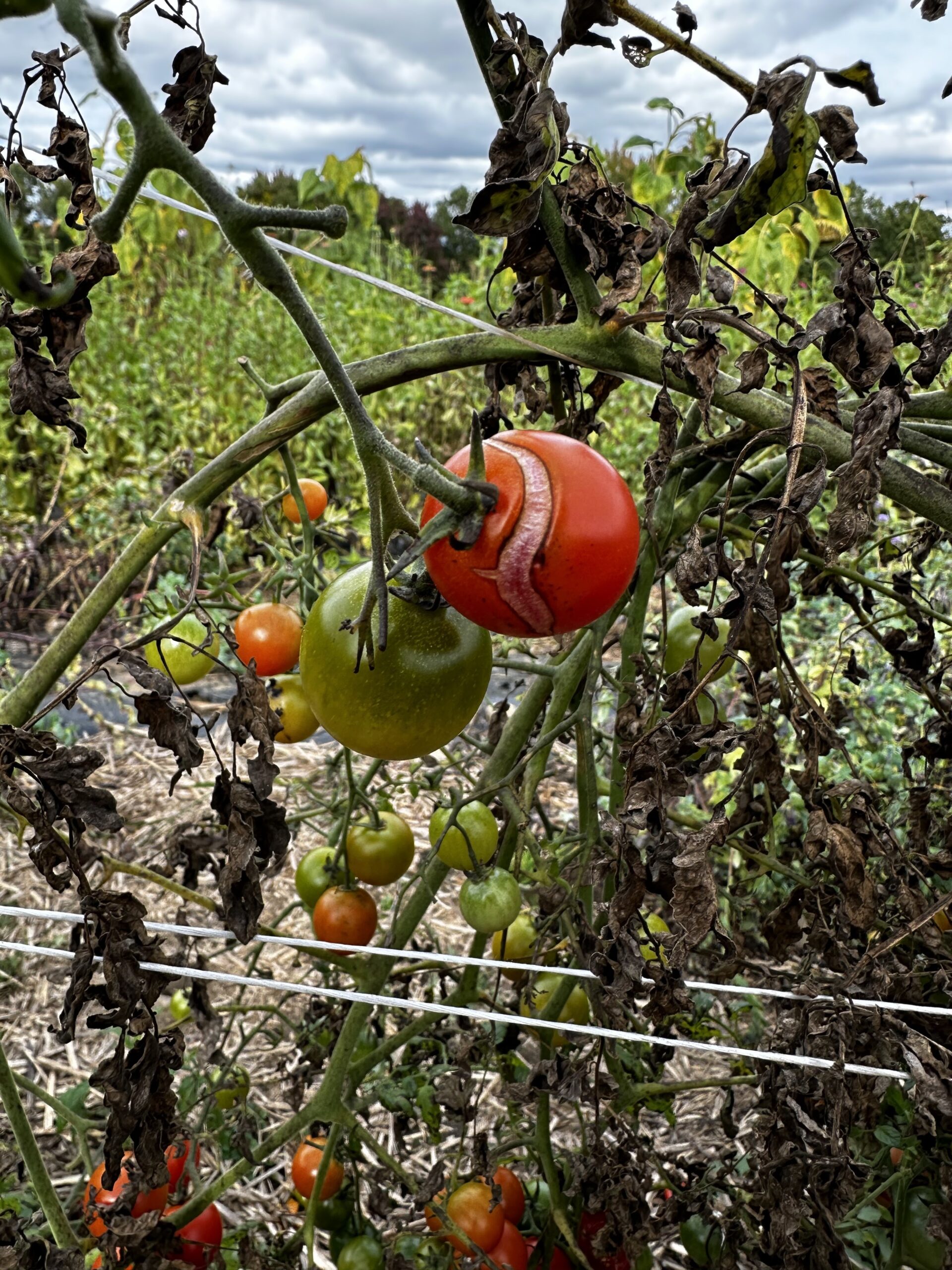I know the Chinatown, New York, of long ago from my parents. My grandfather, like a grand impresario, hosted their wedding reception there. They were married on September 19, 1959, and he personally invited everyone to the reception, stopping by at the Gee, Lai, and Gong family association buildings, which was where men gathered to consolidate finances and dictate business decisions, and where women met to socialize. Once invited to the reception, you could bring any number of family, but it was a matter of honor not to overstep the generosity of the invitation. I should add that the reception lasted for three consecutive nights.
My mother and father have often reminisced about many of the dishes that were served, each night’s banquet requiring an intense level of preparation rarely seen now in Chinatown kitchens. For appetizers, the waiters served shark’s fin soup, bird’s nest soup, dried oysters with abalone, diced chicken with cashews, and deep-fried stuffed Chinese mushrooms. What could be more impressive for a main course than winter melon soup, steamed and served in the whole melon itself, the melon’s green skin carved with intricate designs, the soup flavored with the meat of the melon, chicken stock and a plethora of vegetables? Add to the menu red-cooked squab, gooey duck—marinated before being deep-fried then steamed—as well as roast suckling pig, simmered chicken with ham and mustard greens, sea cucumbers with vegetables, fried rice, and noodle dishes, symbolic of longevity. Toward the end of the meal, the waiters brought out sweet almond drinks to prepare the guests’ palette for red bean pudding for dessert. The wedding cake (only served on Saturday), covered in whipped cream with pineapple, came from the Cottage Bakery on 33rd Street.
You rarely hear of these extended celebrations anymore because they’re unaffordable. Yet the food, with its involved preparation, was a regular part of many of life’s rituals. Nowadays, throngs of tourists crowd Chinatown’s streets on the weekends seeking dim sum, which is less costly and far easier to make.

Chinatown now appears much different than when I was young. It’s a fragile enclave, some fourteen or fifteen blocks wide, by six or seven blocks extending north and south. The Lower East Side looms directly east, due northeast lies the financial district, and Little Italy borders to the north. Chinatown’s old core of Mott, Pell, and Doyers Streets (where my parents’ wedding reception was) remains, but the outer edges are being encroached upon. Hipster bars and clubs frequented by non-Chinese are now interspersed between Chinese establishments on the Bowery and Eldridge and Grand Streets. National chains have arrived, too; there’s a 7-11, Subway, Dunkin Donuts, and Baskin Robbins, signifying an unmistakable shift in the emphasis of the neighborhood.
Although Chinatown once seemed more inaccessible than the rest of New York, there were still unique “American” influences. During my childhood I always hoped there would be time to stop at an arcade on Mott Street called Chinatown Fair. The building’s façade was composed of glass doors that were left open in milder weather, inviting me into a child’s play land of coin-operated rides, skee ball lanes, and a lunch counter that served ice cream sodas. Small prizes under glass countertops tempted my eyes, and stuffed animals to be won with tickets were displayed upon the walls. I always gravitated first, however, to the pinball machines.
At first I was drawn to the speed of all the games and the lively sounds and flashing lights. But soon I played a Williams pitch-and-bat baseball game machine incessantly. As if my attention were an homage to assimilation, I stood absorbed, fascinated by how the silver steel ball popped out from beneath the pitcher’s mound, and my right hand pressed the button that swung the bat, which if I was lucky enough hit the ball, driving it up a ramp into right, center, or left field. I could have been part of the American dream; I could have been Mantle or DiMaggio playing for the Yankees. And if one peered closely enough, hundreds of individual finely painted spectators could be seen in the pitch-and-bat machine’s upper decks. For only the cost of a dime, they were all watching me, cheering me on. So I arrived each time with pockets filled with dimes.
But early on my parents and my two brothers and I moved upstate to Albany, so the significance of returning to Chinatown deepened for me. At the arcade my childhood became my own again since there I didn’t have to endure racist barbs or taunts; I appreciated how much it was a safe space where I was free to imagine. Eventually, I grew strong enough to defend myself wherever I was, and then the Chinatown Fair downsized and relocated from 7-9 Mott to 10 Mott across the street. The arcade became more of a haven for serious video gamers during the 1990s, and a few years ago a gutting and remodeling left it tamed and homogenized, looking more like a Dave & Busters. Not only is the arcade I revered long gone, but the video gamers feel like their revered space is ruined, too. I haven’t returned to the Chinatown Fair for years, to keep the arcade I knew pristine, undisturbed at least in my memory.
My grandfather emigrated in 1908, entering America via Angel Island under the designation of “student,” but he never studied formally, embarking upon a lifetime of labor. He reached Chinatown, New York, in his twenties and worked his way up from waiter to cook to sharing ownership in restaurants and other businesses. He used to take me on his rounds, stopping at his favorite places to gamble, see a movie, eat, or meet with his friends. He was, I sensed, proudly showing me off as he led me through one doorway after another, letting everyone know he had a grandson, a legacy.
I was fifteen in 1977 when my grandfather passed away, and his funeral was conducted by the Wah Wing Sang Funeral Parlor on Mulberry Street. The wake occurred in an inner chamber festooned with floral arrangements. As was customary, sour-smelling incense was burned, while outside the chamber on a small table a silver tray offered quarters wrapped in white paper. The sour incense emphasized one’s need for sadness, but afterwards you were supposed to purchase some sort of candy to nurture a sweet remembrance, to keep from always grieving.
When my grandmother, parents, and my two brothers and I climbed into the lead black limousine behind the hearse, the first place we drove to was to the Gee Poy Kuo family association building at 156 Canal Street. My grandfather was one of the association’s founders, so the hearse stopped out front by the curb, and the driver opened the back door and stood quietly, lingering, creating a long silence, allowing my grandfather’s spirit to say a proper last goodbye. Then we set off for other farewells on a deliberately winding route, because of the belief that bad sprits can only travel in a straight line. We drove to the China Noodle Co. at 81 Walker Street, then proceeded to the Pagoda Theatre on East Broadway, the Han May Meat Co. on Mulberry Street, and finally to the Great Northern Trading Co. and the Wo Hop restaurant, both on Mott Street.
What has stayed with me the most was when the hearse idled in front of the Wo Hop at 17 Mott, right in the heart of Chinatown. Time froze—I felt as if I sat in a sealed chamber, like I could have been a fish gazing out from an aquarium—because while all of the Chinese upon the sidewalks paused, bowing their heads in a communal display of reverence, many of the tourists gawked. Some stared with morbid fascination, others pointed fingers. As their expressions of impatience and disapproval seared into me, I became upset because of how our culture, its rituals, were being condemned. The American dream, the acceptance of everyone, was nowhere to be found. I have since thought that Chinatowns have to tolerate intrusion unlike almost any other community in America. What city or locale—other than New Orleans—would willingly allow strangers to observe funeral processions in droves?
In 2000, when I was thirty-eight, I accompanied my father to several board meetings at the China Noodle Co. For over two decades, in between his working as a civil engineer up in Albany, my father been serving as the board of directors’ secretary, the position my grandfather had held when he originally invested in the business in the 1940s. Now, however, China Noodle was shutting down. They faced the dilemma of having to retool the assembly line while bearing higher property taxes due to escalating real estate costs, or selling the building and escaping with a profit for the company’s shareholders. Due to the decision to close, I felt the imperative to take photographs to document the factory’s existence.
Since no one had ever been allowed to intrude upon the men at China Noodle as they worked, they were told my presence with a camera was for a historical project. Flour dust clouded the air, the machinery rattled and whirred, and I began by photographing a cast-iron mixing vat over four feet wide with huge exposed gears. Sacks of flour and starch had been piled over seven feet high on nearby pallets. Next I focused on a giant rolling machine that resembled a printing press, the machine attached to a long flat metal table. Nearby, various cutting machines stood in a row, and lastly there were the packing tables, which were covered with cardboard boxes, scales, plastic bags and plastic wrap.
Two men labored, folding wide uncut sheets of noodles as they fed out of the rolling machine. I counted half a dozen men hovering over the packing tables. They all wore white uniforms, and they were all older, in their forties and fifties. I asked my father where the men would find work once the factory closed, and he told me that they were being given generous severance packages for their years of service, but since many factories were closing for similar reasons, no one could promise the men gainful employment.
In the last five years, over sixty new upscale residential buildings have been built or are under construction in Chinatown. This has occurred simultaneously with the displacement of elderly Chinese tenants who have been forcefully evicted from rent-stabilized buildings in waves. Non-Chinese have demonstrated that they’ll pay over a million dollars for one-bedroom apartments. Yet when I think of how my grandfather once took me on his rounds with him, I can recall how most everyone we saw was Chinese, and I’ve noticed how most of his favorite places have been sold off, so for me there’s the sense that Chinatown is vanishing, and with it, some of my own history, like I’m slowly being erased. We are constantly told that change is inevitable in life, but what happens when we have almost nothing left to return to?
Peter Kwong has blogged for the NY Times of how there are politicians who want Chinatown to be a tourist destination and who are encouraging residential development. He recommends “regulations to prevent the encroachment of high-rises on the existing residential and industrial spaces” and creating a “special district zone” for Chinatown. But there needs to be more, for Chinatown lacks political clout, and increased tourism only inevitably leads to further gentrification, the investors becoming more determined to acquire every vulnerable square foot. And aside from creating a Chinatown that can no longer offer its own people jobs and that isn’t hospitable to elderly Chinese, the character of the neighborhood will be irrevocably threatened—not only is the food no longer the same, but imagine all of Chinatown’s street vendors and sidewalk produce displays being forced out, like a snide comment upon the unpretentious appearance of the crowded streets. Indeed, what’s left of Chinatown could be preserved, but only without further outside interference.
Allen Gee is an associate professor at Georgia College. His work has appeared in numerous journals, and he is represented by Gail Hochman.
Photo by Victoria Belanger from Flickr Creative Commons



